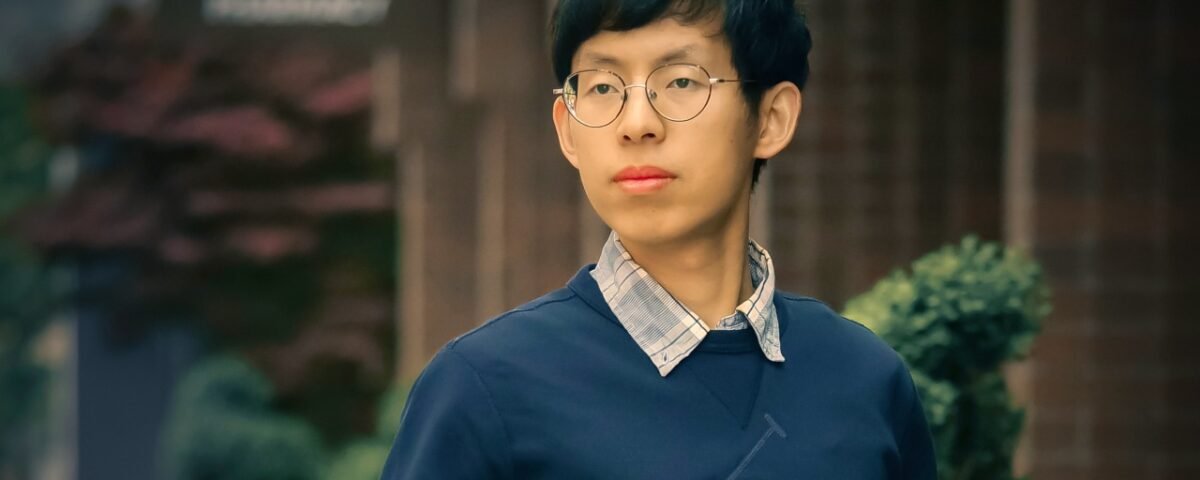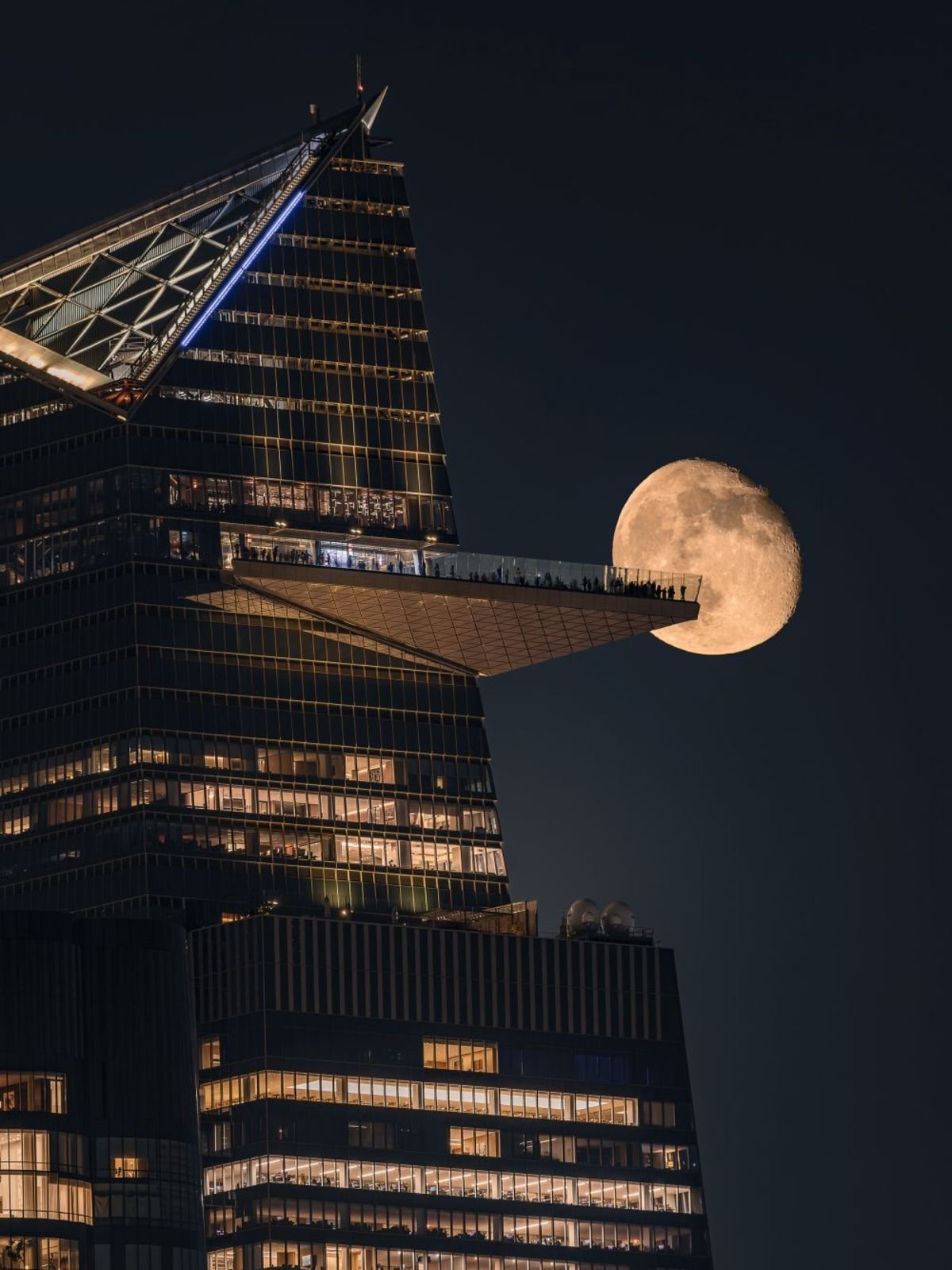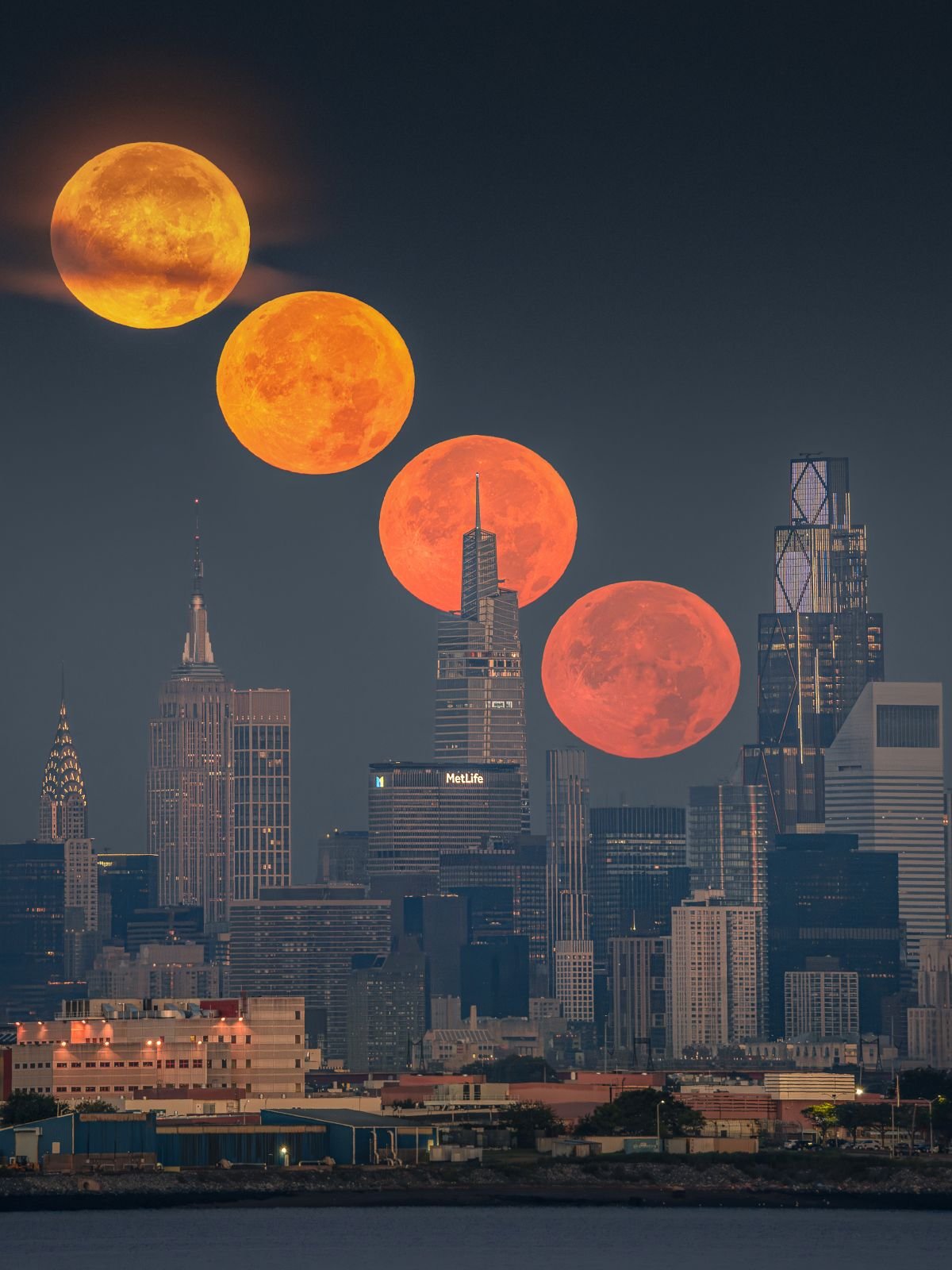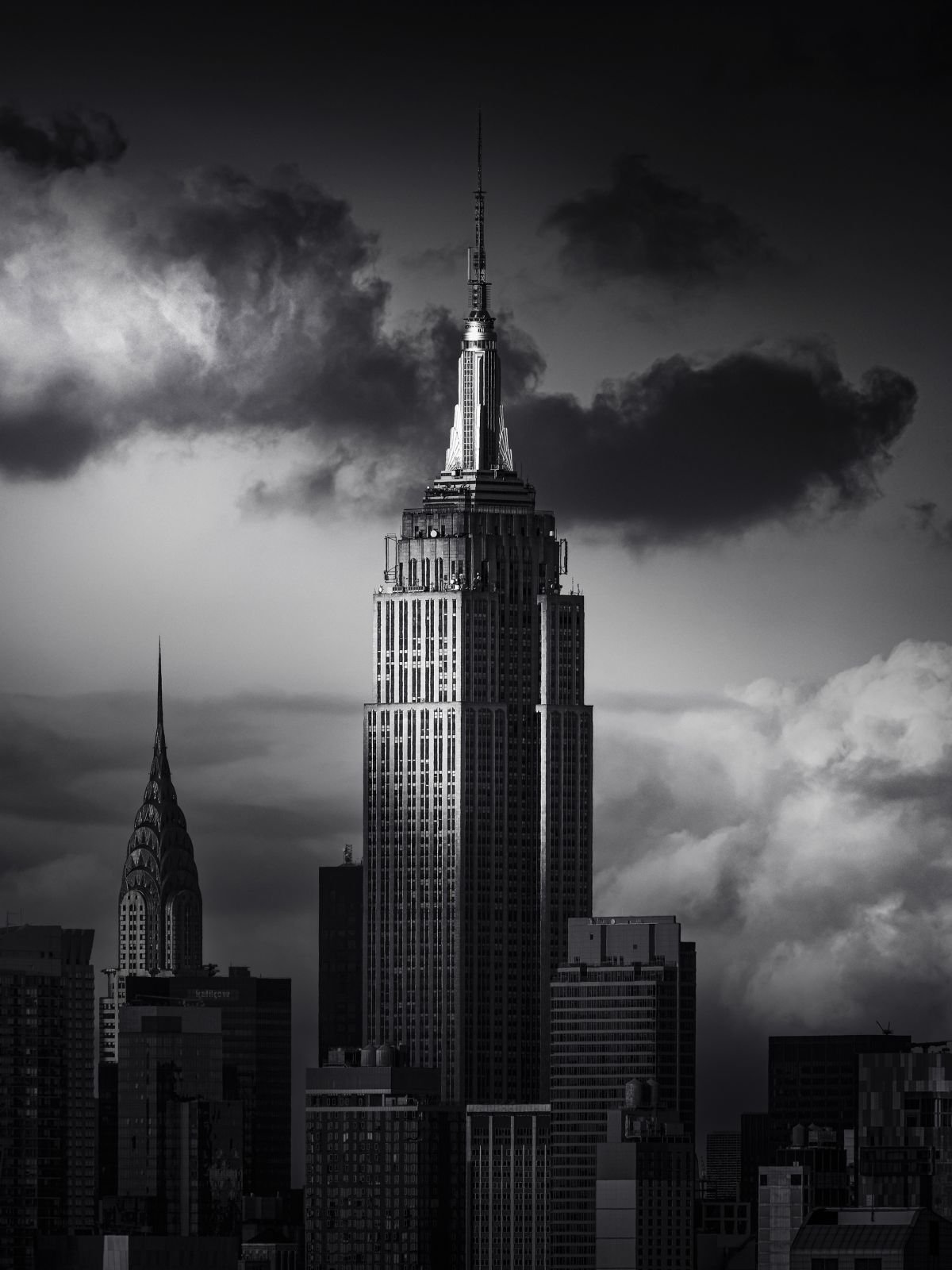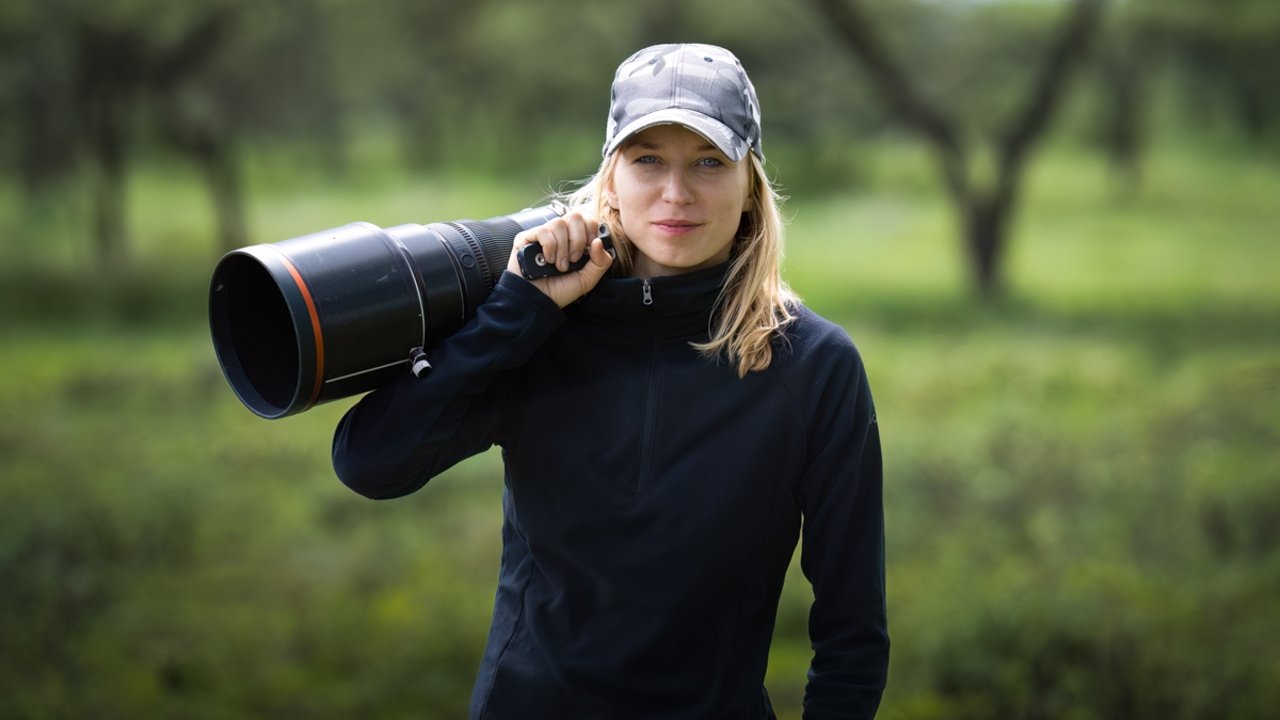1Congratulations on winning in the European Photography Awards! Can you share a little about yourself, what inspired you to pursue photography, and how has your journey evolved since your first shot?
I’m deeply passionate about architecture, cityscapes, and the interplay between light and structure. With a background in engineering, I approach architecture from a geometric and organised perspective.
I bought my first camera in 2017 with the simple intention of documenting my travels, but over time, I became captivated by the unique character of New York City’s urban landscapes. What began as casual documentation has now evolved into a serious pursuit—chasing the extraordinary rhythms of light and form that define the city’s buildings.
2Can you share the story or inspiration behind your award-winning piece? How does winning this award make you feel about your journey in photography?
I am honoured to have been awarded Category Winner of the Year with my photo “Once on the Edge”. The Edge is the tallest observatory in New York City. When I was on the deck taking pictures of the streets and skyscrapers, I couldn’t help but wonder how people on the ground were looking back at me.
That thought inspired me to plan for a moon alignment with the Edge. Eventually, I was lucky enough to capture it under a crystal-clear sky. There are so many amazing photographers and incredible image entries, so I am truly honoured and excited to be awarded as a category winner.
3How do you decide which photo to submit for a competition?
I keep a collection of my personal favourite photos on my hard drive. When preparing for a competition, I start by selecting the category and then ranking the images that are most relevant. Before submission, I carefully evaluate each photo against the EPA’s criteria: Originality, Creativity, Technical Execution, Subject Matter/Relevance to the Category, and Overall Impression.
4What first made you pick up a camera?
I bought my first camera in 2017 with the simple intention of documenting my travels.
5What’s your favourite type of photography, and why do you love it?
I’m deeply passionate about architecture, cityscapes, and the interplay between light and structure. With a background in engineering, I approach architecture from a geometric and organised perspective.
6What’s your go-to camera setup, and why does it work best for your projects? What’s your favourite feature?
My camera setting is adaptive. For architecture, I usually prioritise Aperture mode, as it allows me to control depth of field while adapting naturally to changing light conditions.
7If someone looked at your work, what’s the one thing you’d want them to feel?
The Architecture of Light and Emotion.
8What was the most challenging part of capturing your winning shot?
The most challenging part was planning and timing—waiting for the exact moon alignment—combined with the unpredictability of weather conditions, visibility, and cloud coverage. On top of that, achieving the right exposure balance was critical to preserve every pixel of detail.
9Is there a specific place or subject that inspires you the most?
New York City is constantly evolving with the vision of so many talented architects. Its unique forms and structures are a constant source of inspiration for me.
10Who or what has been your biggest influence in photography?
Louis-Philippe Provost. He is a talented fine art architecture photographer. His style transforms buildings into works of art.
11What message would you share to inspire photographers to participate in photography awards, and what advice would you give to help them excel in the competition?
Just focus on your passion and develop your own style of photography. With devotion and perseverance, you will get there.
12What’s one piece of advice for someone just starting in photography?
Do not overlook the basics. Spend time understanding your camera settings, the histogram, underlying logic, lighting, perspective, and geometry. Take it step by step—don’t rush.
13What role do editing and post-processing play in your creative workflow?
Post-processing is where I recover the fine details of a photo, correct the white balance and perspective, and refine it into my own style through careful adjustments of lighting and colour.
14How do you see technology, like AI, influencing the future of photography and your own approach?
AI is a powerful tool that can accelerate skill-building and post-processing, but the soul of a photograph always comes from the photographer.
15If you could photograph anything or anyone in the world, what would it be?
I want to travel to every corner of the world’s great cities—such as Tokyo, Dubai, Chicago, London, and Chongqing—and use my camera to frame them through unique light and colour.



